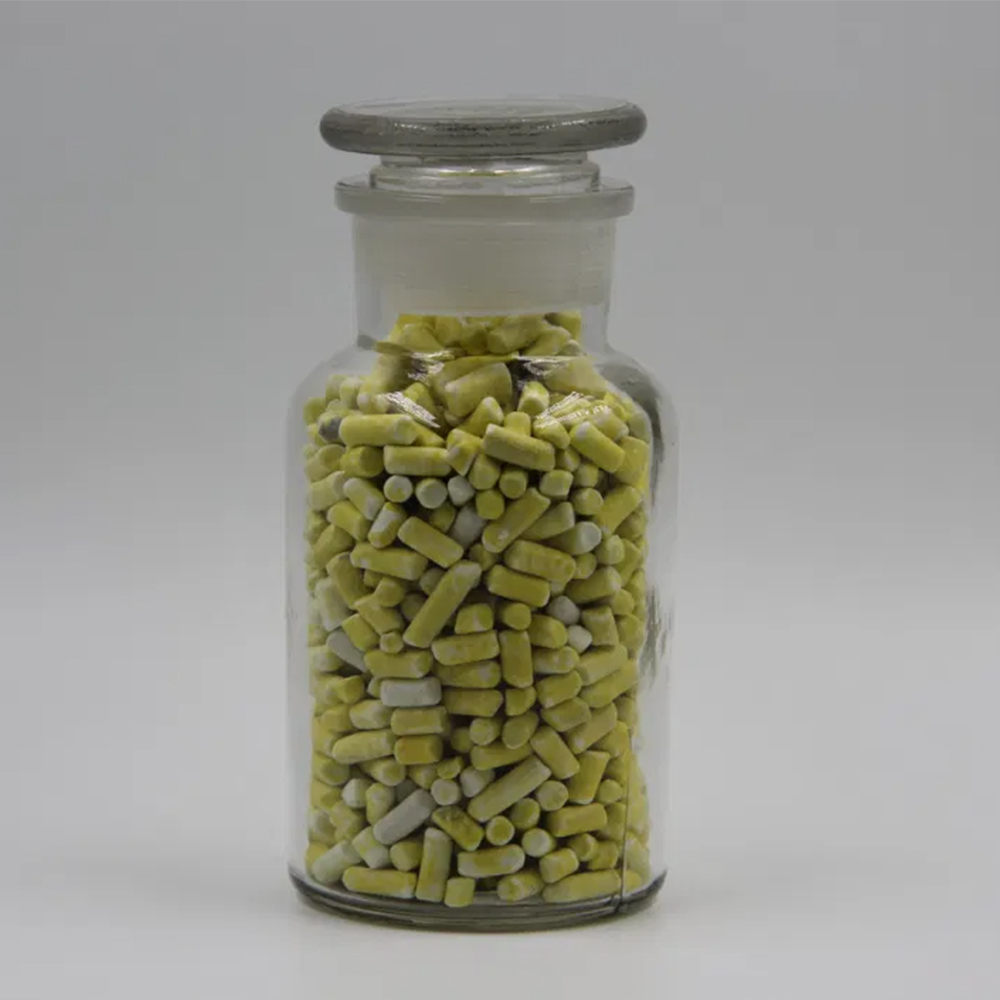



sds for 1 m sodium hydroxide
Safety Data Sheet (SDS) for 1 M Sodium Hydroxide
Introduction Sodium hydroxide (NaOH), commonly known as lye or caustic soda, is a highly caustic and versatile chemical widely used in various industries, including chemical manufacturing, food production, and laboratory applications. The concentration of sodium hydroxide can vary significantly, and a common concentration used in laboratories and some industrial settings is 1 M (molar). Understanding the properties, hazards, handling, and emergency measures related to sodium hydroxide is essential for ensuring safety in its use. This article provides an overview based on the Safety Data Sheet (SDS) for 1 M sodium hydroxide.
Chemical Identification - Chemical Name Sodium Hydroxide - CAS Number 1310-73-2 - Molecular Formula NaOH - Concentration 1 M
Safety Data Sheet (SDS) for 1 M Sodium Hydroxide
Composition and Ingredients The primary ingredient in this solution is sodium hydroxide, which is fully dissociated in water, presenting a strong basic solution capable of neutralizing acids and participating in various chemical reactions. The solution is typically prepared by dissolving sodium hydroxide pellets in distilled water, ensuring a controlled and safe concentration.
sds for 1 m sodium hydroxide

First-Aid Measures In case of exposure, immediate action is crucial - Skin Contact Rinse affected area with plenty of water for at least 15 minutes while removing contaminated clothing. Seek medical attention. - Eye Contact Rinse eyes cautiously with water for several minutes. Remove contact lenses if present and continue rinsing. Get medical help immediately. - Inhalation Move the affected person to fresh air. If breathing is difficult, seek medical assistance. - Ingestion Do not induce vomiting. Rinse mouth with water and seek medical attention immediately.
Fire-Fighting Measures Sodium hydroxide is not flammable, but it can react with certain materials, producing heat and potentially resulting in fires or explosions. In case of a fire - Use appropriate fire extinguishing media suitable for the surrounding materials. - Wear protective equipment, including self-contained breathing apparatus (SCBA) and full protective gear.
Handling and Storage Sodium hydroxide should be handled with caution. Follow these guidelines - Personal Protective Equipment (PPE) Always wear appropriate gloves, goggles, and protective clothing. - Storage Store in a cool, dry place, away from incompatible substances such as acids and organic materials. Ensure containers are tightly sealed to prevent moisture absorption.
Exposure Controls and Personal Protection To minimize exposure risks - Use fume hoods or ventilation systems in laboratory settings. - Ensure that safety showers and eyewash stations are readily accessible.
Conclusion 1 M sodium hydroxide is a powerful chemical that necessitates careful handling and thorough knowledge of its properties and potential hazards. By adhering to guidelines outlined in the Safety Data Sheet, users can effectively mitigate risks associated with exposure and ensure a safe working environment. Awareness and preparedness are key to handling this caustic substance appropriately. Always prioritize safety and ensure proper training for all personnel dealing with sodium hydroxide.
-
Why Sodium Persulfate Is Everywhere NowNewsJul.07,2025
-
Why Polyacrylamide Is in High DemandNewsJul.07,2025
-
Understanding Paint Chemicals and Their ApplicationsNewsJul.07,2025
-
Smart Use Of Mining ChemicalsNewsJul.07,2025
-
Practical Uses of Potassium MonopersulfateNewsJul.07,2025
-
Agrochemicals In Real FarmingNewsJul.07,2025
-
Sodium Chlorite Hot UsesNewsJul.01,2025










